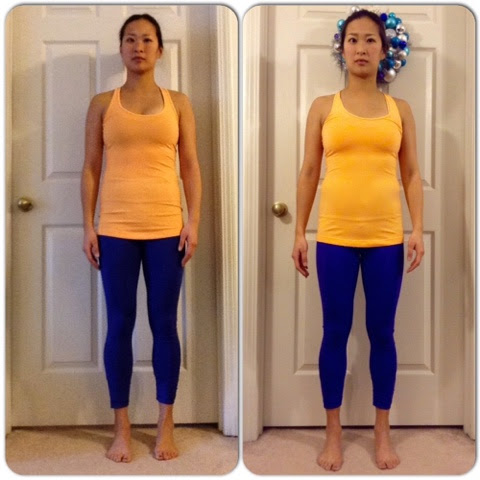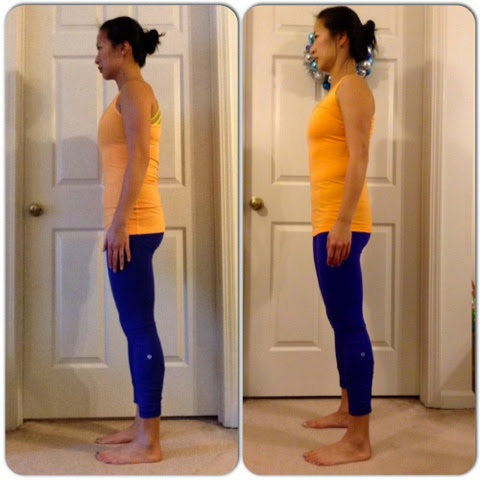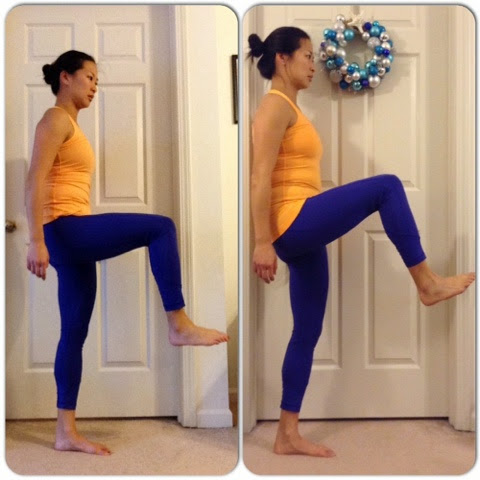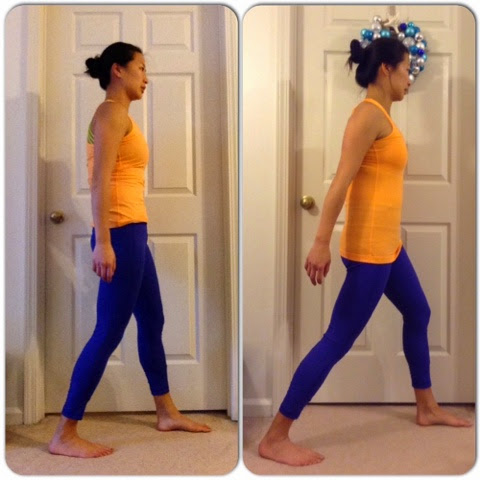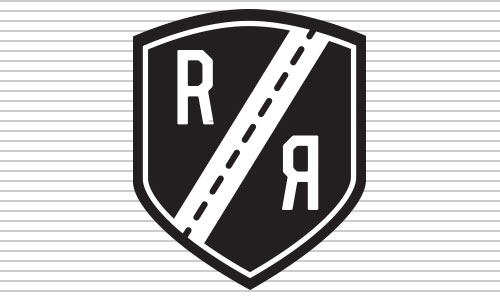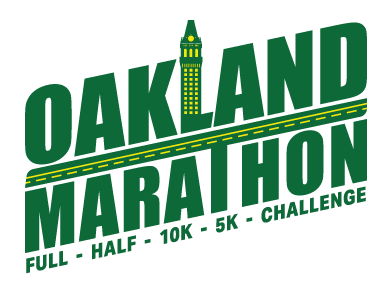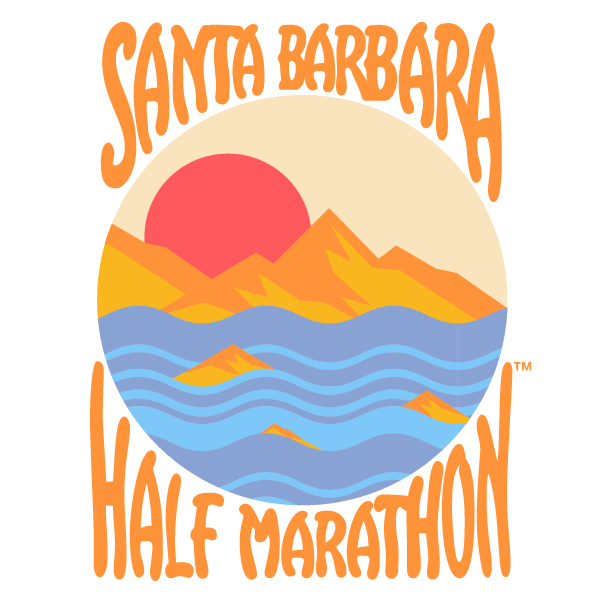“Ready to Run” was released in October 2014, and is designed to help runners recover from injury. This book is written by the author of “How to Become a Supple Leopard,” physical therapist and co-founder of San Francisco Crossfit, Kelly Starrett.
“Ready to Run” in organized into three main sections: the introduction, the 12 standards, and mobilizations.
Below are the 12 standards which are assessed in order to be “Ready to Run”.
1) Neutral Feet
8) Warming up and Cooling Down
12) Jumping and Landing
Starrett thoroughly details each of the standards by explaining what it means, why it is important and how to fix it. Each standard has a “Runner to Runner” section which is a story related to the topic written by co-author T.J. Murphy. If appropriate, he recommends mobilizations for each of the standards. The mobilizations are strategies on how to improve mobility of the region, and are detailed at the end of the book.
So does Ready to Run really get you running ready?
I allotted myself three weeks to work the recommended mobilizations to help achieve Starrett’s 12 standards. Below is a sampling of my results. The pictures on the left were taken at the beginning of the the weeks, while the pictures on the right were taken after the mobilizations were performed.
Posture – Front view
There is more hip extension in the post picture. Hip extension allows better recruitment of the gluteals and decreases stress to the lumbar spine.
Squat Position – Front view
Squat Position – Side view
There is significant change in the pre and post squat position. I am able to get lower and keep my back straighter in the post pictures. In the side view of the pre picture, you can see the stress in my neck from the crinkling in my skin. Also, in the pre picture you can also see the change in the curvature of my lower back.
In addition, I also worked on the other standards by wearing my compression socks, using the compression band (you can see how to use the compression band in my post here) and staying hydrated.
Pros
“Ready to Run” is a great tool not only for runners, but for just about anyone who is looking to improve their mobility. The book is chalked full of information on injuries, mobility and self mobilization techniques.
“Ready to Run” also does a good job instructing readers on how to perform basic mobilization techniques, and helps you take charge of improving your mobility.
Finally, Starrett’s coverage of other contributing factors such as shoes, compression garments and hydration provides valuable information.
Cons
“Ready to Run” presents a lot of techniques, and due to the organization of the book it can be difficult to deduce what injuries are related to what specific limitations. As a result, you may end up performing all the mobilizations in the book (which is not necessarily a bad thing, it just takes awhile).
While the mobilization techniques are nicely organized with their own appropriately titled chapter in the back of the book, compression techniques are found within the standards section titled “No Hotspots.” This can make the compression techniques a little difficult to find, especially if reading the text as reference material.
Decision
I think “Ready to Run” is a great tool for beginners and veterans alike. If you would like to learn self treatment techniques in order to minimize and prevent injury then check out “Ready to Run.”
Janet Yiu is a Doctor of Physical Therapy who earned her degree from University of Southern California in 2010. Janet competed in cross country at the high school, NCAA Division I college and post college level. Her treatment philosophy is to treat the whole body using the kinetic chain model instead of just the injury itself. A fellow of Applied Functional Science (FAFS) from the Gary Gray Institute, Orthopedic Certified Specialist by the American Board of Physical Therapy Specialties, and Certified Strength and Conditioning Specialist, Dr. Yiu has worked with numerous clients of all skill and age levels including runners, triathletes, high school athletes and individual who want to enhance their fitness. Read more from Dr. Yiu at her website, 3-D Runner.

